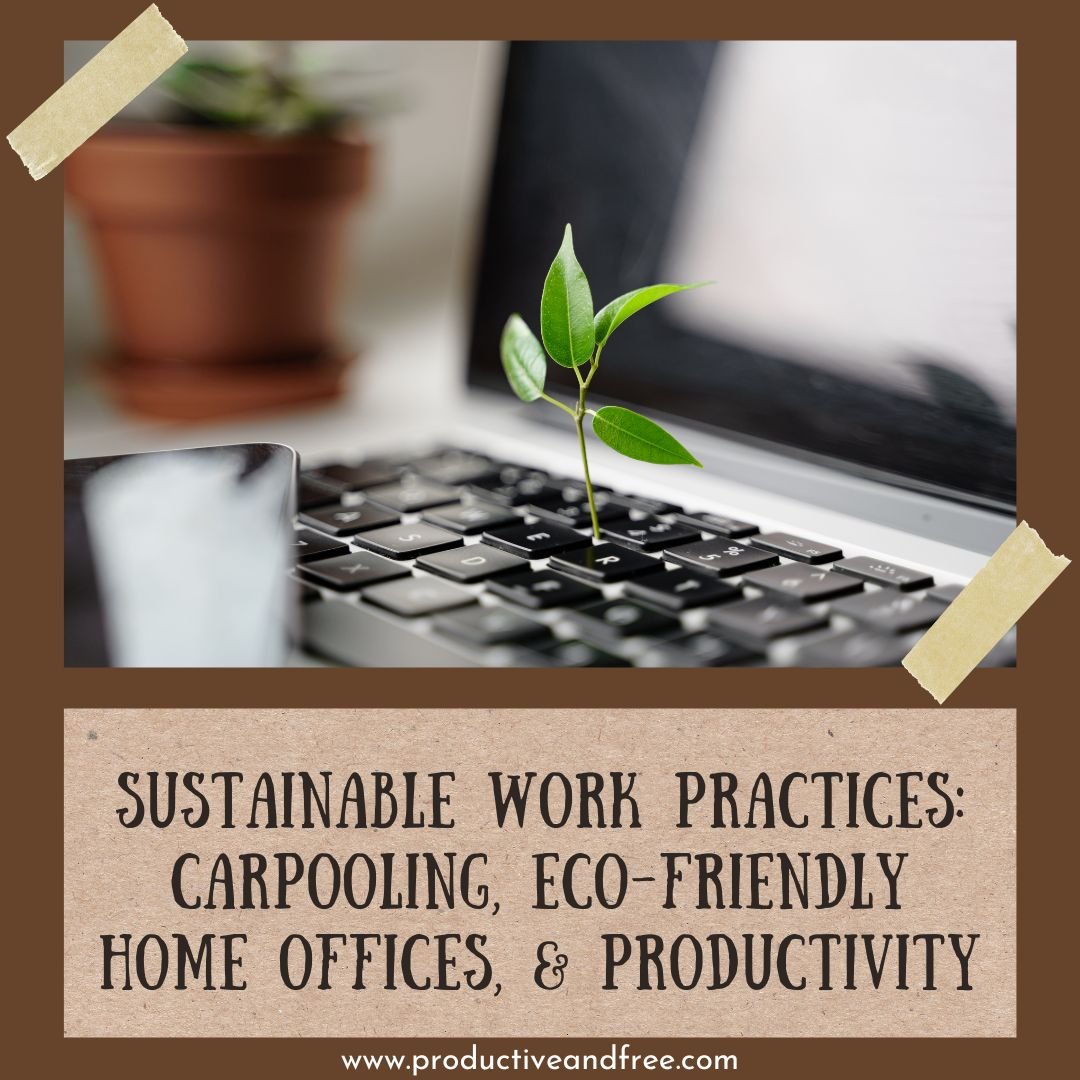
Sustainable Workplaces: Cultivating Responsible Practices

Cultivating Responsibility: Embracing Sustainable Workplace Practices
In an era where environmental consciousness is paramount, businesses are increasingly recognizing the importance of sustainable workplace practices. Let’s explore the significance of integrating sustainability into the workplace and the positive impact it can have on both the environment and organizational success.
Eco-Friendly Office Design and Infrastructure
Sustainable workplace practices begin with the physical environment. Eco-friendly office design and infrastructure focus on minimizing the environmental impact of the workspace. This includes energy-efficient lighting, recycled materials, and sustainable building practices. By adopting green design principles, workplaces contribute to resource conservation and reduce their carbon footprint.
Energy Conservation and Efficiency
A cornerstone of sustainable workplaces is the emphasis on energy conservation and efficiency. Businesses are investing in energy-efficient technologies, such as smart lighting and heating systems, to minimize energy consumption. Adopting renewable energy sources, such as solar or wind power, further aligns workplaces with sustainable practices, contributing to a greener future.
Waste Reduction and Recycling Initiatives
Sustainable workplaces prioritize waste reduction and recycling as integral components of their practices. Implementing recycling programs, minimizing single-use plastics, and encouraging employees to participate in waste reduction initiatives are common strategies. By diverting waste from landfills and promoting a circular economy, workplaces actively contribute to environmental preservation.
Sustainable Workplace Practices
The link between sustainable workplace practices and corporate responsibility is clear. These practices not only benefit the environment but also enhance the reputation and social impact of businesses.
Employee Wellness and Green Spaces
Sustainable workplaces recognize the interconnectedness of employee well-being and environmental stewardship. Green spaces within the office, such as indoor plants or outdoor gardens, contribute to a healthier and more productive work environment. Connecting employees with nature has been shown to reduce stress, increase job satisfaction, and boost overall well-being.
Flexible Work Arrangements and Remote Options
Promoting sustainable practices often involves rethinking traditional work structures. Sustainable workplaces embrace flexible work arrangements and remote options, reducing the need for daily commuting. Remote work not only contributes to a healthier work-life balance for employees but also has a positive impact on reducing traffic congestion and lowering carbon emissions.
Community Engagement and Social Responsibility
Beyond the office walls, sustainable workplaces actively engage with their communities and embrace social responsibility. Participating in local environmental initiatives, supporting community projects, and advocating for sustainable practices at a broader level are common approaches. This not only strengthens ties with the community but also positions the business as a responsible corporate citizen.
Training and Education on Sustainability
Building a culture of sustainability requires ongoing training and education. Sustainable workplaces invest in programs that educate employees about eco-friendly practices, energy conservation, and the broader impact of their actions. Informed and engaged employees become ambassadors for sustainability both within the workplace and in their personal lives.
Measuring and Reporting Sustainability Metrics
To demonstrate commitment and progress, sustainable workplaces measure and report their sustainability metrics. Tracking energy consumption, waste reduction, and carbon emissions provides tangible evidence of the impact of sustainable practices. Transparent reporting allows businesses to be held accountable and inspires continuous improvement.
Conclusion: Nurturing a Greener Tomorrow
Sustainable workplace practices are not just a trend; they are a commitment to nurturing a greener and more responsible tomorrow. From eco-friendly design to employee well-being and community engagement, embracing sustainability is a holistic approach that benefits the environment, employees, and the broader community.
To explore more about sustainable workplace practices and their impact, visit Sustainable Workplace Practices.



